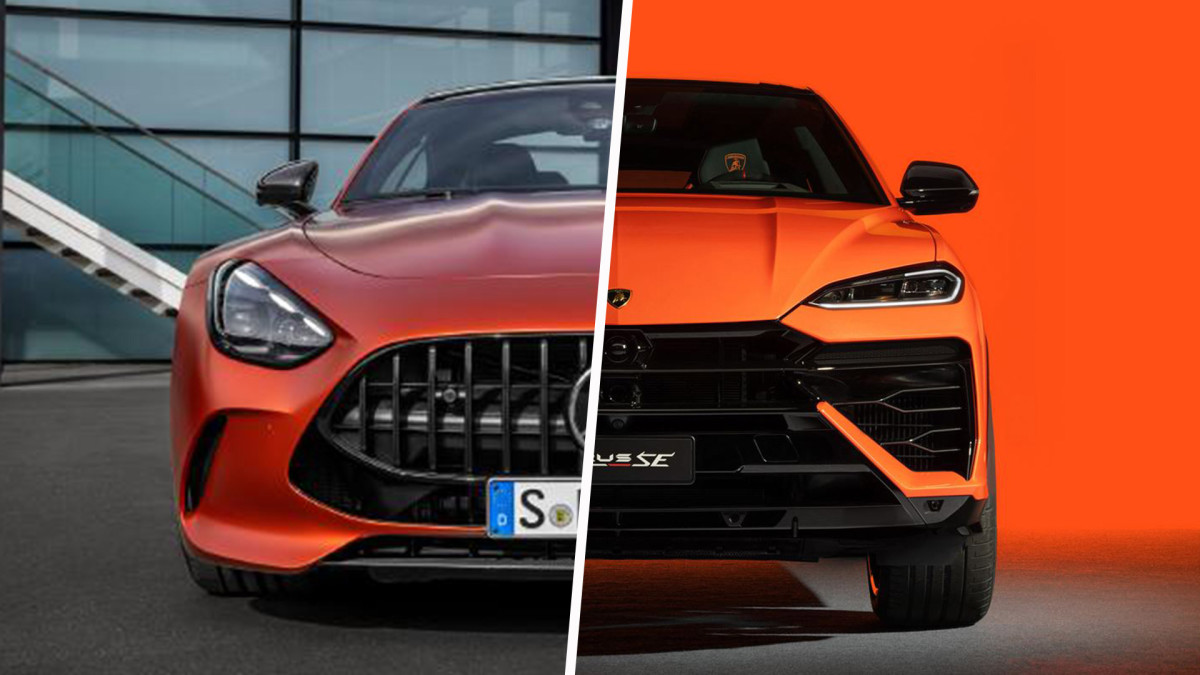
As automakers from Toyota to Lamborghini aim closer toward their long-term sustainability goals, plug-in hybrids are helping auto buyers get closer toward an electric future. Sales of plug-in hybrids as of recently, have increased so much that they have been eating into EV market share and prompting automakers like General Motors (GM) and Ford (F) to slow down their electric vehicle strategy.
It is not wonder why. Plug-ins have the capability of being run on pure electric power, but unlike purely-electric vehicles, they can be topped up with gas when the batteries deplete. What's more, they still get good gas mileage and some are eligible for a $7,500 tax credit like an EV.
Though plug-ins have their benefits, some car buyers might scoff at the idea of rolling in a Toyota Prius Prime (TM) . However, two new plug-in hybrids from well-known performance brands have just been revealed for thrill-seeking buyers with deep pockets.
Related: A Ford-linked EV battery partner is solving EV's biggest problem
Meet the Mercedes-AMG GT 63 S E Performance: The quickest Mercedes ever
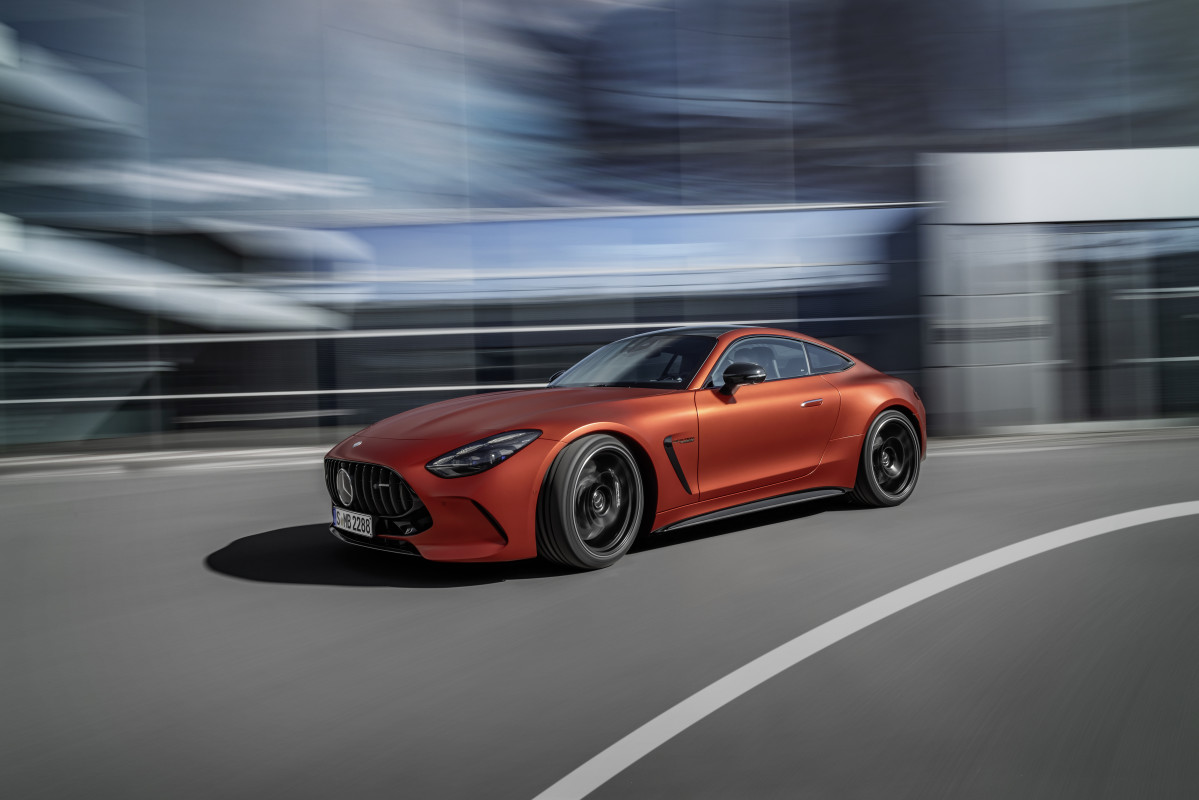
Mercedes-AMG GT 63 S E PERFORMANCE
Mercedes-Benz
Mercedes' (DDAIF) performance AMG division may be known for its loud and fast sports sedans powered by gas guzzling V8 and V12 engines, but it's latest creation is its quickest sports car yet.
Dubbed the Mercedes-AMG GT 63 S E Performance, this plug-in is the top-of-the-line version of the three-pointed star's Porsche-beating AMG GT Coupe.
Despite having a plug-in hybrid set up, the combination of electric motors and a 4-liter twin-turbo V8 engine produces a total of 805 horsepower and 1,047 pound-feet of torque. As a result, the Mercedes with the long name rockets to 60 miles an hour in just 2.7 seconds — faster than the multimillion dollar Mercedes-AMG One hypercar, and up to a top speed of 199 miles per hour.
Mercedes says that the hybrid propulsion system uses technology that was proven in use in the Mercedes-AMG Petronas Formula 1 cars driven by Lewis Hamilton and George Russell. The hybrid system itself is tuned for "optimal power delivery," providing "maximum propulsion" for whenever drivers put their foot down.
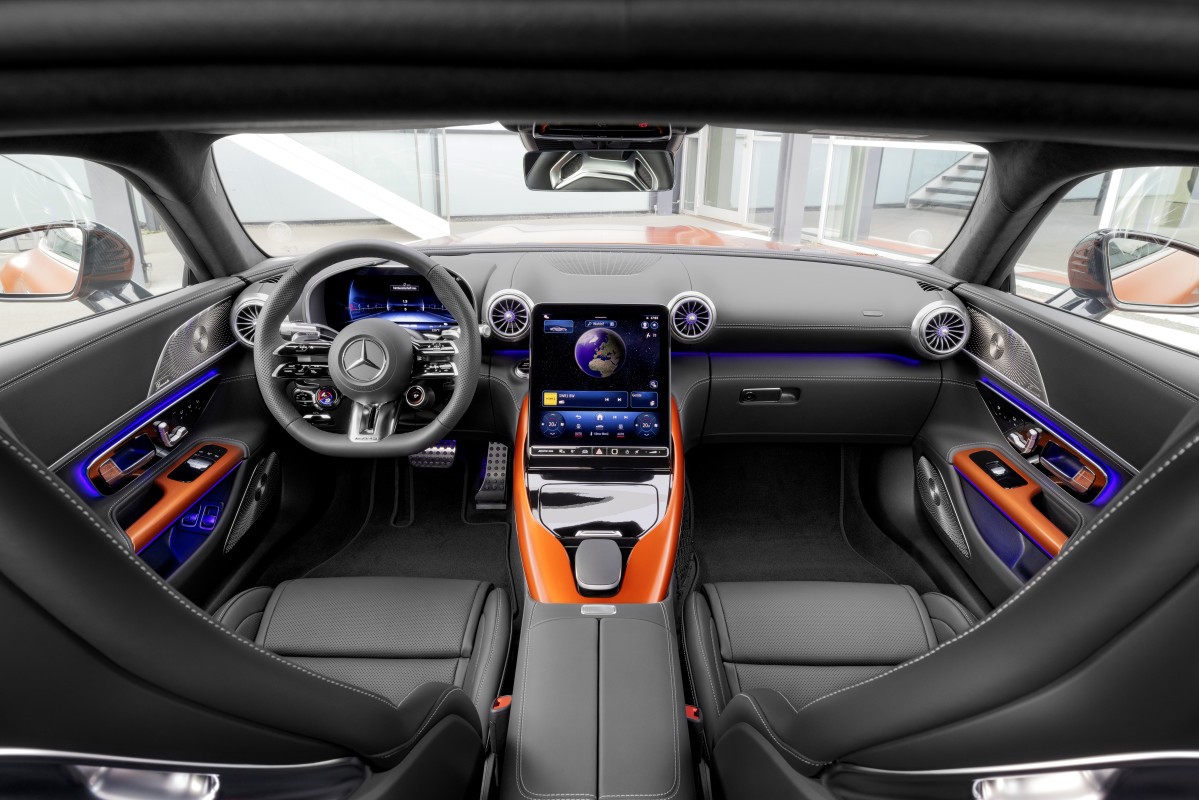
Mercedes-AMG GT 63 S E PERFORMANCE
Mercedes-Benz
Though this kind of setup affects the range of the 6.1 kWh onboard lithium-ion battery, Mercedes insists that drivers will feel as if they are actually behind the wheel of an F1 car.
The AMG also comes with a long list of race car goodies, such as a limited-slip rear differential for handling, rear-axle steering, AMG-tuned hydraulic suspension with active roll stabilization, eight drive modes, big carbon-ceramic brakes and an aggressive aerodynamic body kit.
Pricing is yet to be revealed, but since the E Performance is the top-of-the-line Mercedes-AMG GT Coupe, don't expect a bargain.
More Automotive:
- BMW exec says it's the end of the line for a popular option among car enthusiasts
- Mercedes just took a subtle dig at its biggest luxury rival
- Ford is taking away a convenient feature because no one uses it
Related: New safety tests expose flaws in key automotive safety tech
Meet the Lamborghini Urus SE: The coolest family hauler in the school parking lot.
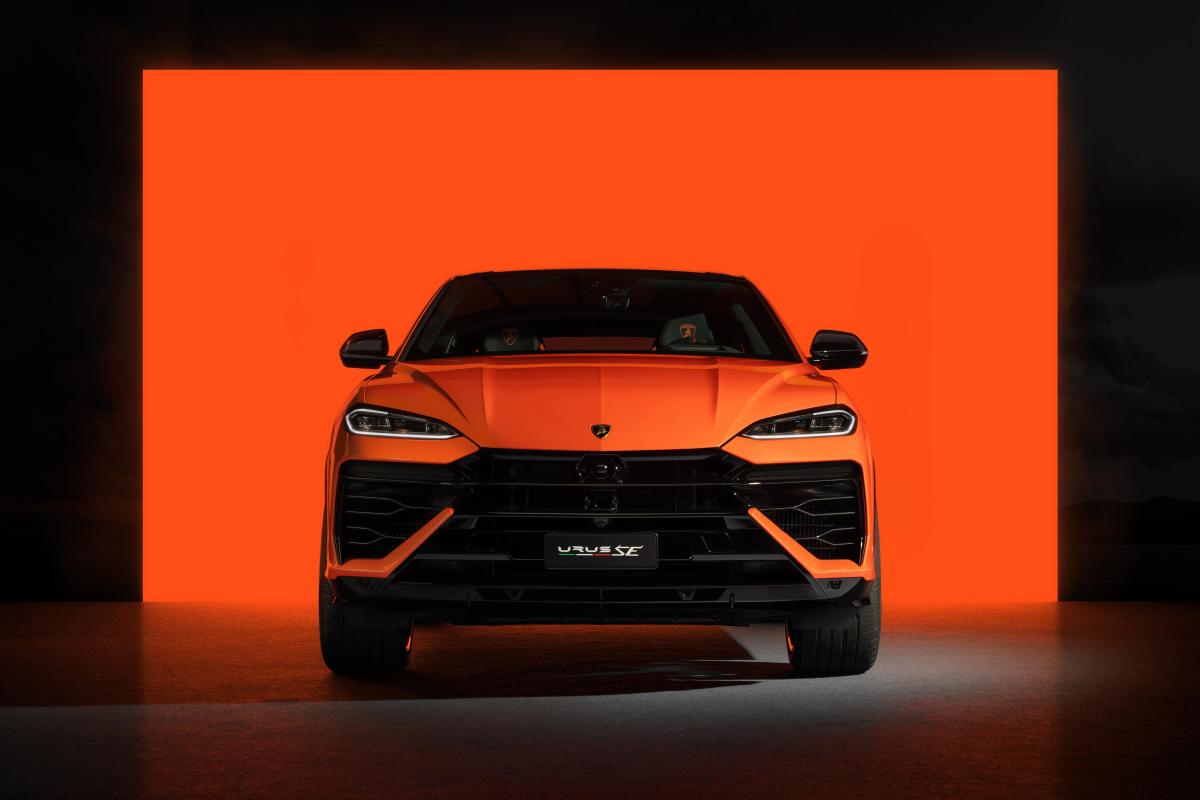
Lamborghini Urus SE
Lamborghini
Sometimes a plug-in hybrid sports car is not a solution, or an appropriate answer to a car-buying dilemma. Some people need space for kids, groceries and the piles of stuff they buy at their monthly visit to Costco, but it doesn't mean that there isn't an exciting plug-in hybrid that can do all that.
Meet the Lamborghini Urus SE, (VLKAF) a stylish, powerful four-door that happens to be the Italian brand's most powerful SUV.
Under the hood of the car lies a plug-in hybrid powertrain consisting of a four liter twin-turbo V8 engine mated to an 189 horsepower electric motor. Together, the Urus makes 789 horsepower and 590 foot-pounds of torque, which kicks the bull from zero to 60 in 3.4 seconds and up to a top speed of 193 miles per hour.
However, with the engine turned off and set into fully-electric mode, the powertrain's 25.9 kWh lithium-ion battery allows the big Urus to cover 37 miles of zero-emissions all-electric driving.
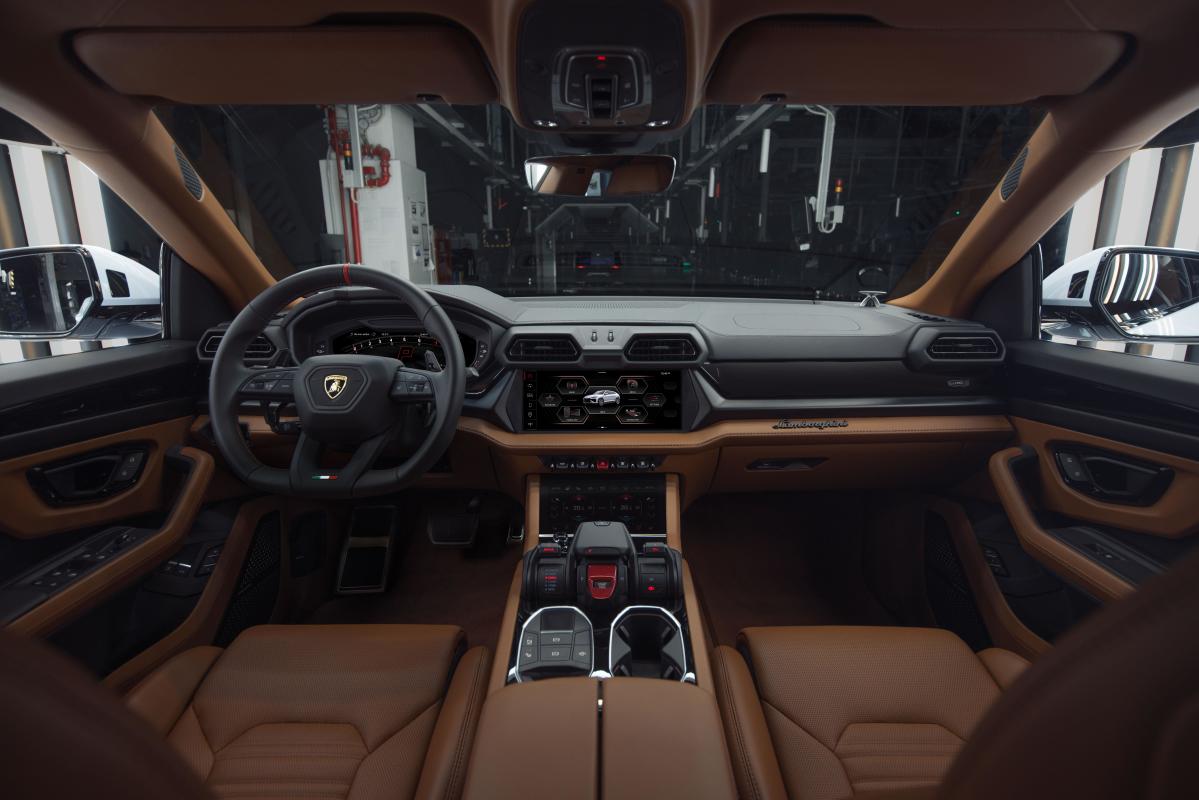
Lamborghini Urus SE
Lamborghini
Lamborghini says that this vehicle is styled to look more like a Lamborghini, differentiating itself from the old model with a few styling tweaks like new LED headlights, updated fenders and a new front grille.
“The design and proportions of the Urus remain incomparable and absolutely recognizable as a Lamborghini,” Lamborghini design director Mitja Borkert said in a statement. “We took inspiration from the Revuelto with the floating engine bonnet, achieving a very clean and muscular front design.
“The rear emphasizes a wider stance with a focus on the new diffuser and low-mounted license plates, while the rear mesh takes inspiration from Lamborghini super sports cars like the Gallardo.”
Inside, there is a new 12.3 inch display, while the rest of the interior is updated to highlight Lamborghini’s “feel like a pilot” design language. Many parts inside highlight small visual and "touch and feel" updates such as a more "tactile" mechanical pushbutton panel.
Pricing has not been announced yet, but expect it to be much more than the $245,000 asking price for a standard Urus.
Related: Veteran fund manager picks favorite stocks for 2024







